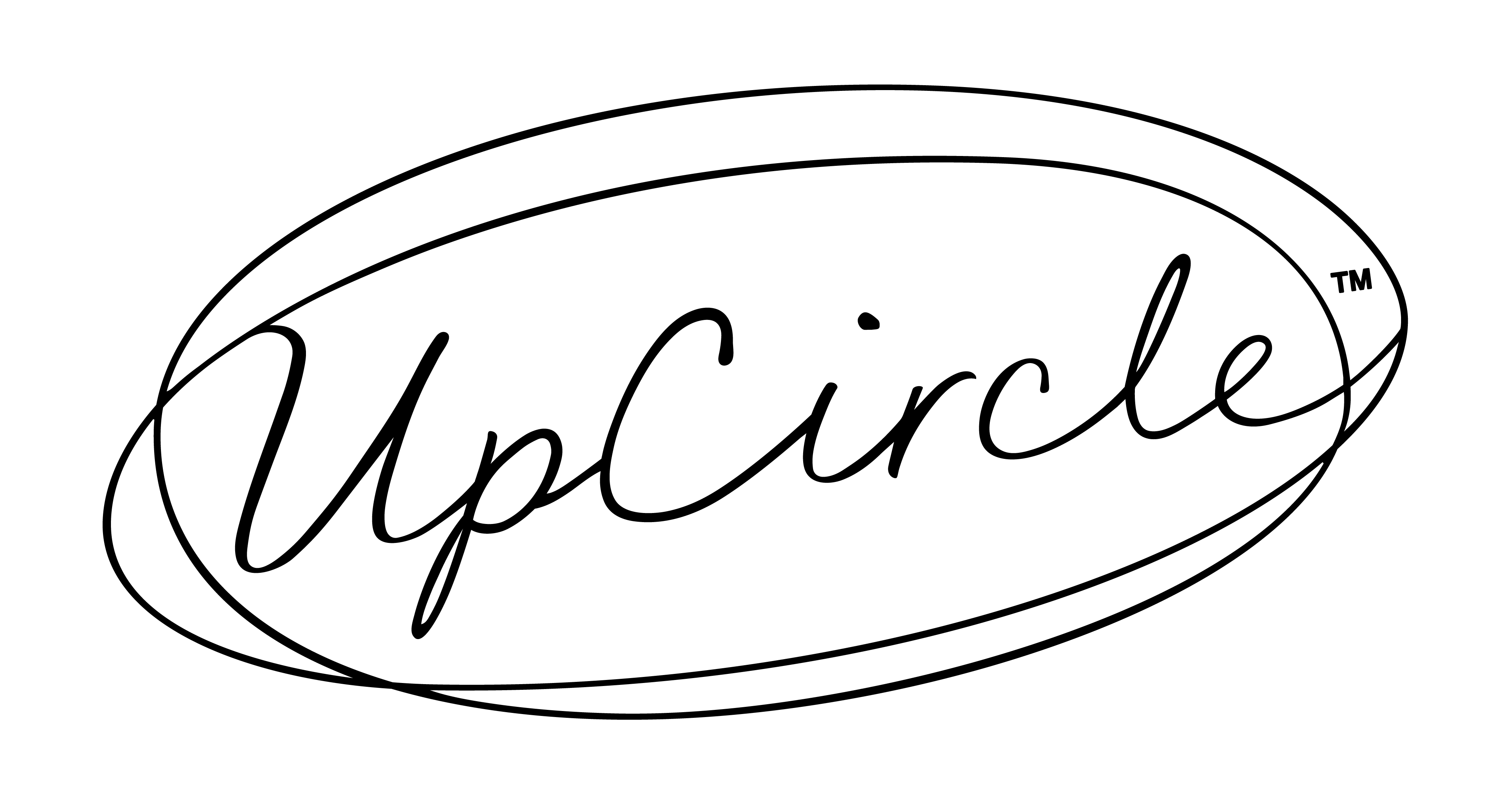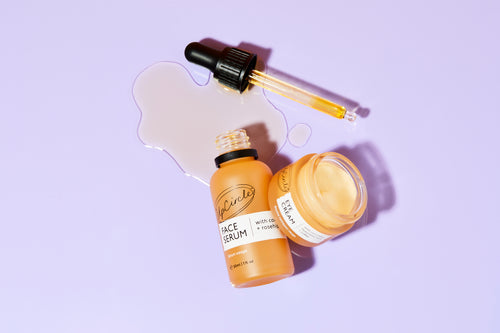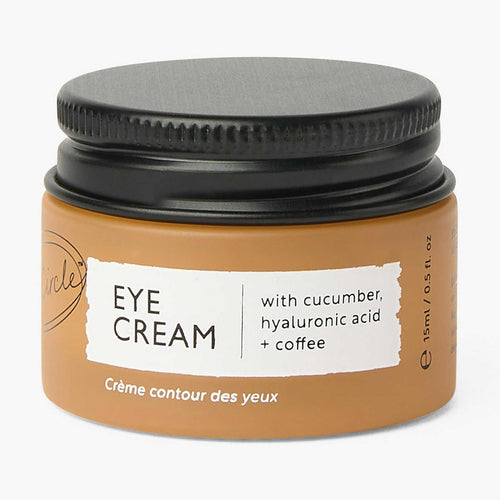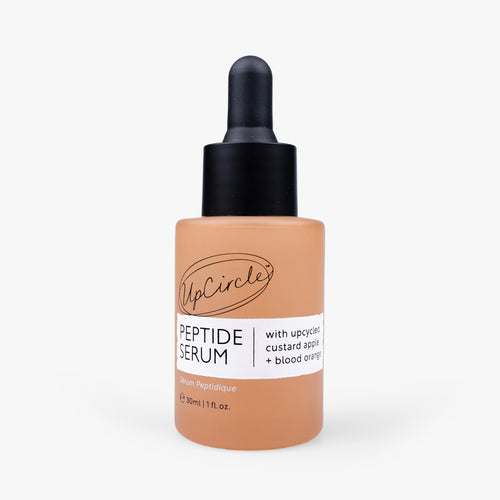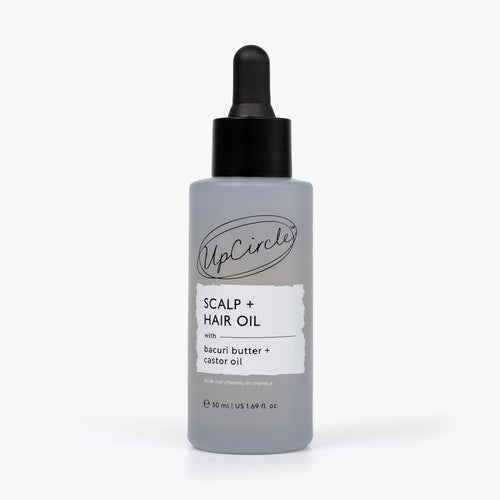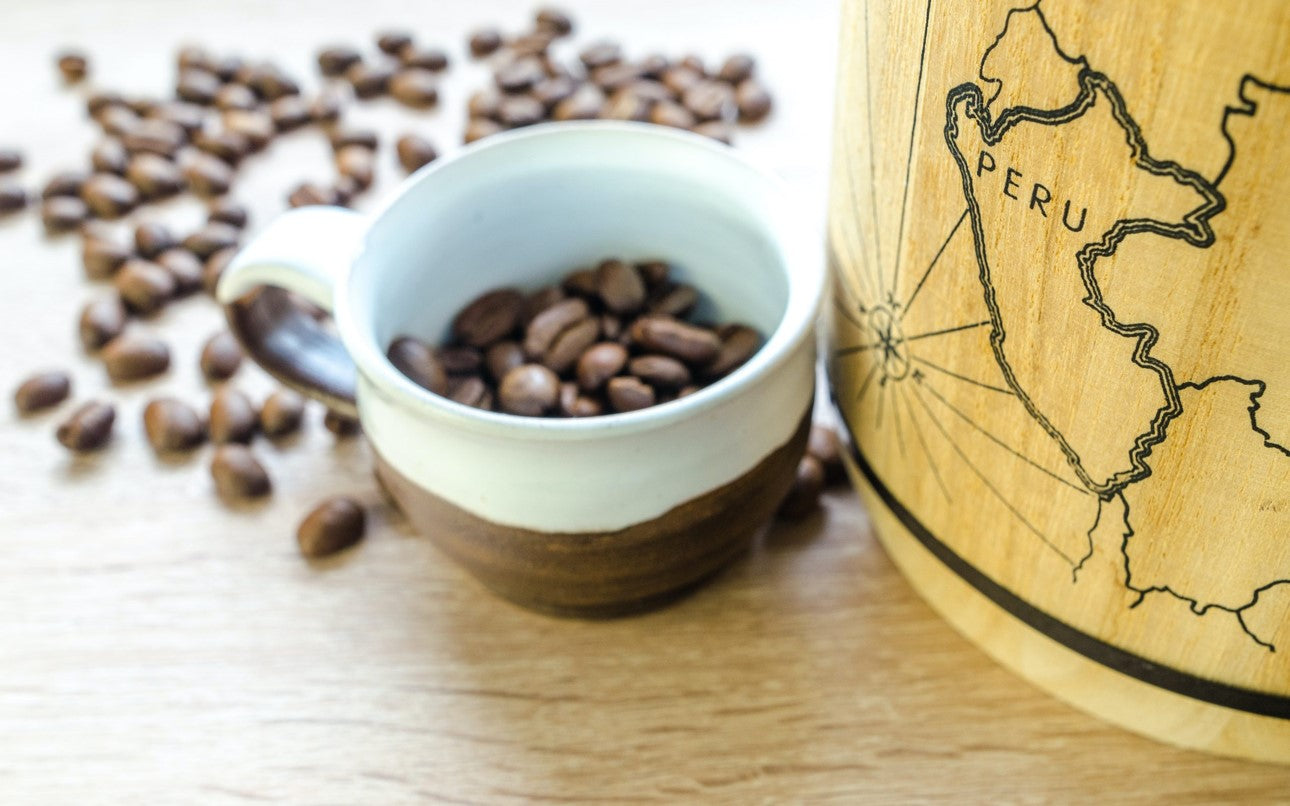We’re not one for hyperbole, but we don’t believe we’re exaggerating when we say coffee is quite literally the greatest thing ever. Forget sliced bread, first kisses and the smell of eggs in the morning, we only have eyes for coffee. As such we feel like it’s our duty to help unmuddle the most impenetrable of subject areas - the coffee shop menu.
What’s the difference between a latte and a cappuccino? What’s a shot of espresso in actual terms? Is the flat black now a thing? Fortunately, we’ve assembled the ultimate guide to help anyone get into the world of coffee. So put down the tea and walk away, we’re going to a better place.
Instant coffee
First things first, let’s get rid of the elephant in the room. Instant coffee is technically coffee, but only just. It’s made from beans that have been roasted, ground and then dehydrated - leaving behind dusty coffee crystals that rehydrate when added to water. The snobbery towards instant coffee stems from the fact that drying removes some of the aromas and oils that makes freshly brewed coffee, on the whole, taste better.
A typical supermarket instant coffee will use cheaper beans and ingredients to keep costs down, normally roasting the beans to an inch of their life to make the flavour more uniform and cover any imperfections. In other words, it tastes like wet cardboard.
Pros: It’s still coffee, technically
Cons: Bread placed between more bread is a sandwich, technically
Black Coffee
When people think of ‘a coffee’ this is likely what they’re thinking of. Made by pouring hot water on fine grounds then letting the liquid ‘drip’ into a pot below, it’s the classic coffee associated with retro fifties diners and waitresses precariously balanced on roller skates. It’s hard to go wrong with a black coffee (sometimes known as filter coffee or drip coffee) and it provides a healthy amount of liquid to warm your hands around.
Pros: It’ll be the cheapest thing on the menu
Cons: It’s like having a house where everything is beige
White coffee
Not to be confused with a flat white, this is basically a black coffee with a bit of milk* or creamer in it. That’s it.
*we recommend the soy, rice, almond or coconut kind (for a little extra sweetness).
Pros: The colour of the coffee now matches your beige house
Cons: You can't even call yourself a purist
Espresso
This is the building block of any ‘real’ coffee and is used in combination with other ingredients to form the magical range of items you can find today. Coffee is normally ground into a fine powder before a stream of hot water is pushed through it, extracting an extremely rich, virtually black liquid known as an espresso shot.
People normally order a single or double espresso, either because they love the rich taste of pure coffee or because they need a blast of caffeine ASAP. We recommend sipping one gently out of a tiny mug, for not only does this make you feel like a giant, it gives a sense of continental sophistication too. Just be warned, for those looking to get into coffee it can be overpowering and takes some getting used to.
Pros: You can look down at everyone else's choice of drink
Cons: Takes some time to get fully acquainted with
Americano
When American GIs came over to Italy during world war two they couldn’t hack the taste of the classic espresso, instead adding hot water to make it taste like the coffee they were used to at home. Well, at least that’s how the Italians tell the story. People often get the americano confused with regular black coffee, however it’s rich espresso base gives it a richer taste, and the name sounds a lot classier.
Pros: Black coffee just became cooler
Cons: Italians will judge you from their alfresco seating arrangements
Flat white
Instead of water, steamed milk is added to an espresso shot. This is milk that, as its name suggests, has had high powered steam slowly introduced to it through a nozzle on an espresso machine. The result is a smoother, creamier liquid that works great with all kinds of coffee drinks. The flat white is, of course, the purest of these - richer in flavour than a white coffee and with a silky mouthfeel.
Pros: Baristas like putting Instagram friendly patterns on top
Cons: Some people still find it a little strong
Flat Black
No matter what any unmentioned coffee chain says, this is not a thing. It’s a way to charge double for an americano. You know what, this section never even happened.
Pros: None
Cons: Of all them
Latte
The cousin of the flat white, a latte is very similar in its makeup. A layer of milk foam is added on top to differentiate it (alongside a greater amount of milk). This makes it a larger drink and dilutes the flavour of the coffee, creating a subtler experience. For those just looking to get into coffee, a range of funky syrups makes the latte the perfect starting point to begin their journey, allowing them to experiment with a sweeter drink that tastes of caramel, vanilla or even doughnut.
Pros: A great way to introduce yourself to coffee
Cons: Gingerbread lattes are only available at Christmas
Iced Latte
It’s a latte but. Wait for it. Cold instead of hot.
Pros: Pretty refreshing in the summer
Cons: Summer lasts two days
Cappuccino
A cappuccino is basically a slightly more grown-up latte, using less steamed milk and a greater proportion of foam. The result is a slightly smaller, stronger drink that acts as a bridge between the latte and flat white. Oh, and it’s often sprinkled with a bit of dusted chocolate.
Pros: Foam is really really fun to eat with a spoon
Cons: It’s very much a ‘sitting on the fence’ kind of coffee
Mocha
Espresso + steamed milk + hot chocolate. The mocha is effectively a way of combining the childlike joy of a hot chocolate with the adult world of responsibilities and caffeine dependency. It’s sweeter than a cappuccino and, alongside the latte, makes a great starting point for beginners, or just those who feel a bit decadent.
Pros: Does anyone not like chocolate?
Cons: Makes you feel about five years old
Frappe
If someone ever orders a frappe you’re allowed to shoot them a look of distrust, it’s in the rules. It’s basically a milkshake under the guise of coffee, incorporating ice cream, milk, flavourings and sometimes a little coffee. Yes we know it sounds delicious, but it definitely isn’t coffee.
Pros: Pretty tasty
Cons: A larger wardrobe
Cortado
A smaller drink that uses warm milk mixed with an espresso and sometimes syrup. It’s a bit like a flat white but a little punchier. It’s a way to effectively mix the strength of an espresso while reducing its acidity a little.
Pros: Allows you to appreciate an espresso without the aftertaste
Cons: Blink and it’s gone
Macchiato
In its original Italian macchiato means “marked”, that is, the espresso is ‘marked’ by a small amount of milk foam and steamed milk. This gives it a very rich bold flavour while keeping its inherent photogenicity.
Pros: Looks great on the ‘gram
Cons: Hard to pronounce
Babyccino
It’s unfair that babies are left out the coffee picture, in our minds at least. That’s why the babyccino has become a thing recently. It’s literally just milk foam but if you don’t tell them that you can laugh as they pretend to be adults.
Pros: It’s pretty adorable
Cons: Is this what we’ve become?
Scrub
Ah, the best coffee of them all. Once coffee grounds have been used they normally go to waste, heading from shop straight to landfill. However, thanks to UpCircle they can be reused for an ever greater purpose - our fantastic waste-fighting coffee scrubs. So whether you’re an espresso expert, a coffee beginner or would rather just stick with the tea bags, you’ll be able to leave the shower as fresh as a newly ordered babyccino.Pros: Cruelty-free, ethical, sustainable and marvellous for your skin
Cons: What cons?
